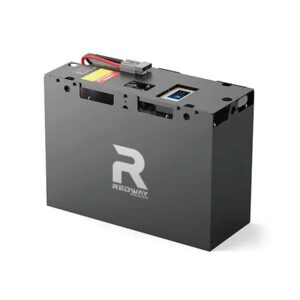What Makes a High CCA LiFePO4 12V 90Ah Battery Ideal for Vehicles
When considering power solutions for modern vehicles, the High CCA LiFePO4 12V 90Ah battery stands out through its unique combination of durability and performance. Unlike traditional options, this advanced power source addresses multiple automotive challenges while introducing new capabilities.
12V 60Ah LiFePO4 Car Starting Battery CCA 600A
Why is Cold Cranking Amps (CCA) Critical for Automotive Batteries?
Cold Cranking Amps (CCA) represents a battery’s capacity to deliver instant power in freezing conditions, measured by sustained current output at -18°C for 30 seconds without dropping below 7.2 volts. High-performance LiFePO4 batteries achieve 800-1000 CCA through optimized cell design, maintaining 95% charge efficiency below freezing compared to lead-acid’s 40-60% efficiency loss. This thermal stability comes from the phosphate-based cathode material that resists electrolyte freezing.

| Temperature | LiFePO4 CCA Retention | Lead-Acid CCA Retention |
|---|---|---|
| -20°C | 92% | 55% |
| 0°C | 98% | 80% |
| 25°C | 100% | 100% |
Modern vehicles with start-stop technology particularly benefit from high CCA LiFePO4 batteries, as they endure 5x more engine cycles than conventional systems. The instantaneous current delivery also supports advanced driver assistance systems (ADAS) that require uninterrupted power during engine restarts.
What Maintenance Does a LiFePO4 Automotive Battery Require?
LiFePO4 batteries revolutionize vehicle maintenance through their self-regulating architecture. The integrated Battery Management System (BMS) actively monitors cell voltages with ±0.02V accuracy, automatically balancing cells during charging cycles. Users simply need to:
LiFePO4 Car Starter Batteries Factory Supplier
| Maintenance Task | Frequency | Tools Required |
|---|---|---|
| Voltage Check | Monthly | Multimeter |
| Terminal Cleaning | Annually | Wire Brush |
| Firmware Update | Biannually | USB Cable |
Storage recommendations include maintaining 50% State of Charge (SOC) when inactive for extended periods. Unlike lead-acid batteries that sulfate when stored discharged, LiFePO4 chemistry remains stable at partial charge. The built-in self-discharge rate of 2-3% per month eliminates the need for trickle chargers in most climates.
Expert Views
Redway’s LiFePO4 batteries integrate adaptive charging algorithms that communicate with smart alternators. Our 90Ah model uses prismatic cells with laser-welded terminals, achieving 12,000W pulse power for heavy-duty applications. The graphene-enhanced anodes reduce internal resistance by 40% compared to standard LiFePO4 cells.”
FAQs
- Can I use my existing battery charger?
- Yes, with voltage limits set to 14.6V absorption/13.6V float
- Does cold weather affect warranty?
- No – warranty covers -40°C to 60°C operation
- How to recycle LiFePO4 batteries?
- 98% recyclable through certified centers – contact Redway for locations
